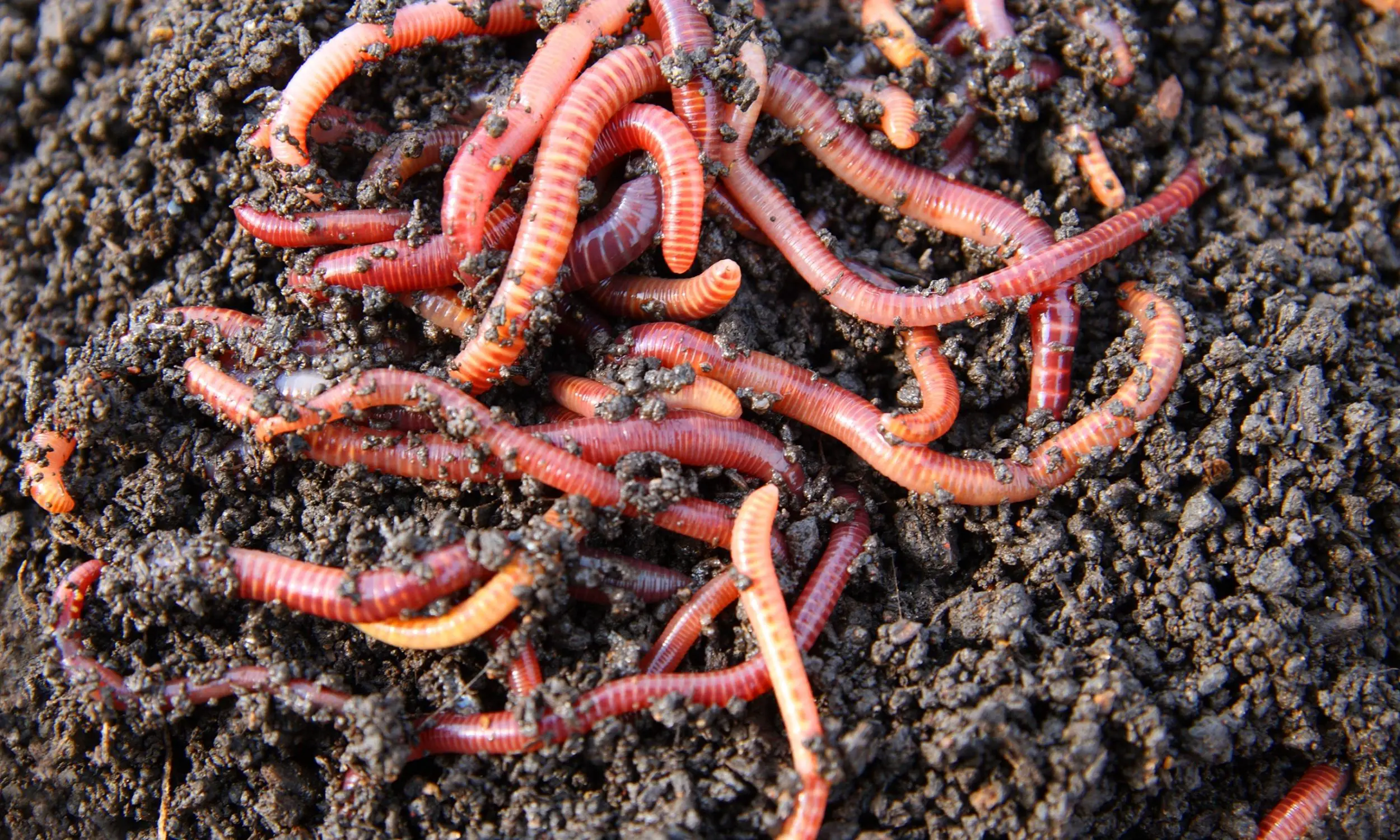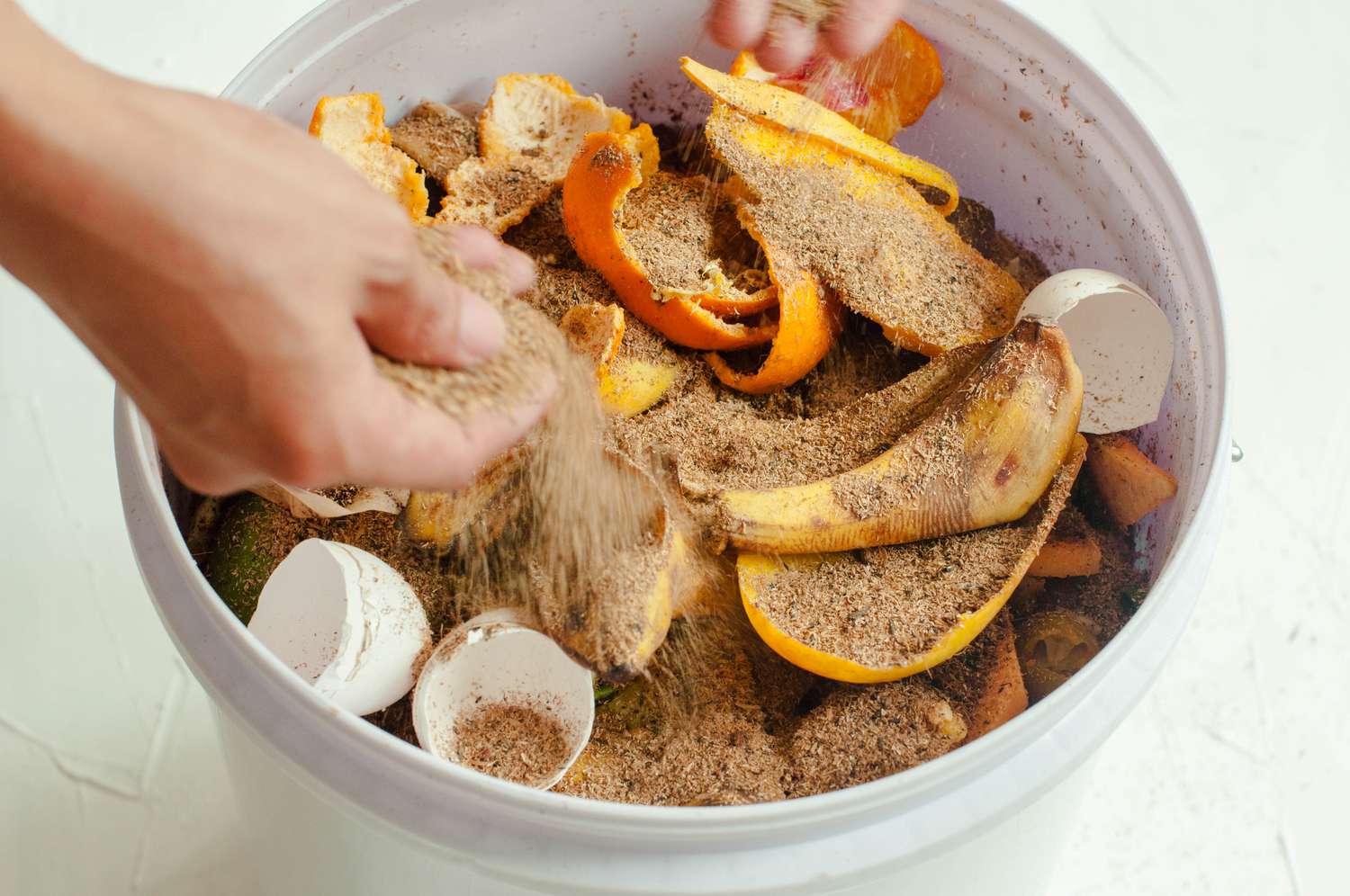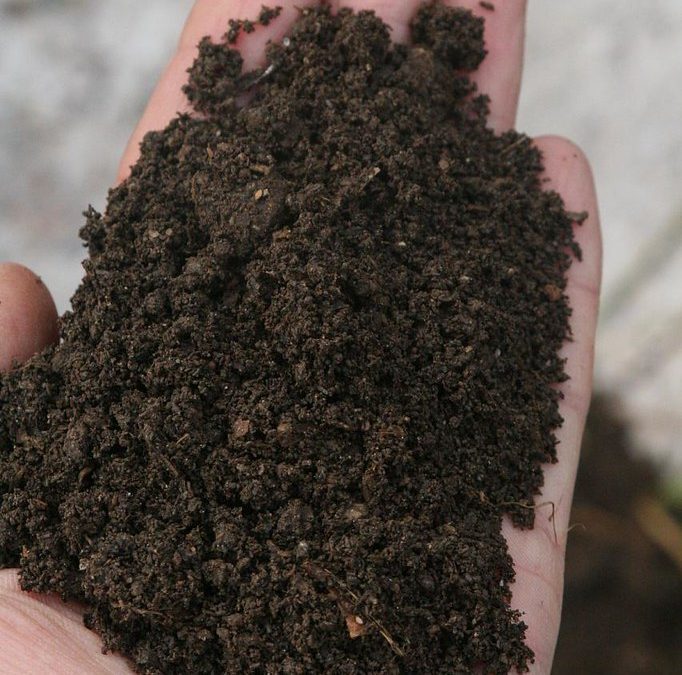With a growing awareness of the importance of sustainable living, more and more people are looking into ways to reduce their environmental footprint. One effective way of achieving this is through composting. Composting is a simple and natural process that turns your kitchen and garden waste into nutrient-rich food for your garden. This article will explore different composting techniques, their benefits, and how to apply them in your home.
Contents
The Science Behind Composting
Composting is essentially a process of decomposition controlled and sped up by humans. It involves mixing organic materials, such as vegetable peels, leaves, and grass clippings, in a way that encourages decomposition by microorganisms. A study by Cornell University explains how the carbon and nitrogen balance in these materials aids in the rapid decomposition, producing a rich, fertile compost that’s great for gardening.
The Benefits of Composting
There are several benefits to composting. Firstly, it reduces the amount of waste that ends up in landfills. According to the Environmental Protection Agency, about 30% of what we throw away could be composted instead. Secondly, composting can improve the health of your garden. The nutrient-rich compost acts as a natural fertilizer, improving soil structure and promoting healthy plant growth. Lastly, composting reduces the production of harmful greenhouse gases like methane, which is produced when organic waste decomposes in landfills.
Traditional Composting Technique
The traditional composting method is one of the simplest and most commonly used techniques. It involves layering green waste (like fruit and vegetable scraps) and brown waste (like leaves and twigs) in a compost bin or pile. The pile is turned regularly to speed up decomposition and ensure an even breakdown of materials. Over time, the compost pile will turn into a nutrient-rich soil conditioner that can be used in your garden. For more information on this technique, you can refer to this comprehensive guide on traditional composting.
Vermiculture or Worm Composting
Vermiculture, or worm composting, is another popular composting technique. In this method, worms, specifically red wigglers, are used to decompose kitchen scraps. The worms eat the scraps, turning them into worm castings, a nutrient-rich form of compost. Worm composting is ideal for those with limited space, as it can be done indoors. To get started with worm composting, you can purchase a worm composting bin and red wigglers.

Bokashi Composting
Bokashi composting is a Japanese technique that uses a specific group of microorganisms to ferment kitchen waste, including items that are typically difficult to compost, like meat and dairy. Bokashi composting is quick, typically taking only two to four weeks. The end product is a type of compost that can be directly mixed with soil. You can start Bokashi composting with a Bokashi kitchen composter.

Composting Pit Method
For those with larger gardens, the composting pit method may be suitable. This involves digging a pit in your garden, filling it with organic waste, and covering it with soil. The waste will slowly decompose over several months. This method is low-maintenance, but it takes longer for the compost to be ready for use.
Conclusion
Composting is a green approach to managing household waste. It provides a wealth of benefits for the environment and your garden. Whether you choose traditional composting, worm composting, Bokashi, in-vessel, aerobic, anaerobic, or the composting pit method, the process contributes significantly to waste reduction and the production of nutrient-rich soil for gardening.


